
Green Arrow is a superhero who appears in American comic books published by DC Comics. Created by Mort Weisinger and designed by George Papp, he first appeared in More Fun Comics #73 in November 1941. His real name is Oliver Jonas Queen, a wealthy businessman, owner of Queen Industries, and a well-known celebrity in Star City. He uses this position to hide the fact that he is the Green Arrow. Partly inspired by Robin Hood, Green Arrow is an archer who uses his skills to fight crime in his home cities of Star City and Seattle, as well as alongside his fellow superheroes as a member of the Justice League. The world's greatest archer, as well as a competent swordsman and martial artist, Green Arrow deploys a range of trick arrows with various special functions, such as glue, explosive-tipped, grappling hook, flash grenade, tear gas and even kryptonite arrows for use in a range of special situations.
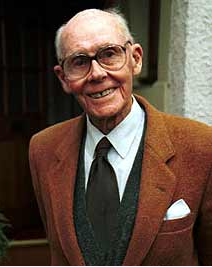
Nigel Tranter OBE was a writer of a wide range of books on castles, particularly on themes of architecture and history. He also specialised in deeply researched historical novels that cover centuries of Scottish history.

Richard Horatio Edgar Wallace was a British writer of sensational detective, gangster, adventure and sci-fi novels, plays and stories.

Philip Guedalla was an English barrister, and a popular historical and travel writer and biographer. His wit and epigrams are well-known, one example being "Even reviewers read a Preface". He also was the originator of a now-common theory on Henry James, writing that "The work of Henry James has always seemed divisible by a simple dynastic arrangement into three reigns: James I, James II, and the Old Pretender".
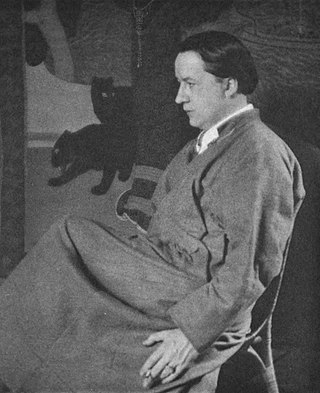
Edmund Dulac was a French-British naturalised magazine illustrator, book illustrator and stamp designer. Born in Toulouse he studied law but later turned to the study of art at the École des Beaux-Arts. He moved to London early in the 20th century and in 1905 received his first commission to illustrate the novels of the Brontë Sisters. During World War I, Dulac produced relief books and when after the war the deluxe children's book market shrank he turned to magazine illustrations among other ventures. He designed banknotes during World War II and postage stamps, most notably those that heralded the beginning of Queen Elizabeth II's reign.

Hodder & Stoughton is a British publishing house, now an imprint of Hachette.
Edgar Wallace (1875–1932) was a British novelist and playwright and screenwriter whose works have been adapted for the screen on many occasions.

Victor Rousseau Emanuel was a British writer who wrote novels, newspaper series, science fiction and pulp fiction works. He was active in Great Britain and the United States during the first half of the 20th century.
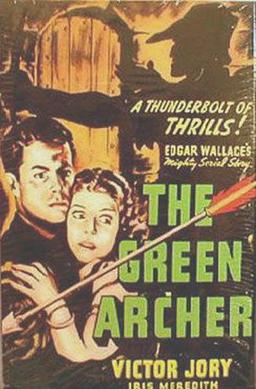
The Green Archer is the 12th serial released by Columbia Pictures. It was based on Edgar Wallace's 1923 novel The Green Archer, which had previously been adapted into the silent serial of the same name in 1925 by Pathé Exchange.

The Green Archer is a ten part 1925 American mystery film serial directed by Spencer Gordon Bennet. It is based on Edgar Wallace's bestselling 1923 novel of the same name. The filmmakers moved the setting of the novel from England to the United States. The story was remade in the sound era as another serial The Green Archer by Columbia Pictures.
Green Archer or The Green Archer may refer to:
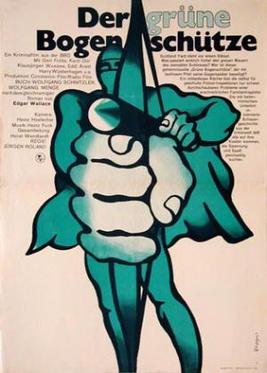
The Green Archer is a 1961 West German black and white crime film directed by Jürgen Roland and starring Gert Fröbe, Klausjürgen Wussow, Karin Dor and Eddi Arent. It is based on the 1923 novel The Green Archer by Edgar Wallace.

The Clue of the New Pin is a 1923 crime novel by the British writer Edgar Wallace. it was first published by Hodder & Stoughton in London, 1923.

The Crimson Circle is a 1922 crime novel by the British writer Edgar Wallace. Scotland Yard tackle a secret league of blackmailers known as The Crimson Circle. The novel was first published in The People's Story Magazine, March 10, 1922. The first book edition in the UK was by Hodder & Stoughton, London, 1922; and the first US edition was by Doubleday, Doran & Co., New York, 1929.
George Goodchild, also known as Alan Dare, Wallace Q. Reid, and Jesse Templeton, was a British author, screenwriter, and director.

William P. Carleton was a silent film actor who appeared in 40 films between 1919 and 1944. He is sometimes billed as William Carleton Jr.. Carleton was born in London and was briefly married to actress Toby Claude; they divorced in 1903. He was a distant cousin of Sir Guy Standing and other Standing acting family members.
James Maurice Scott was a British explorer and writer. He was born in Egypt where his father was an English judge in the mixed courts. After he graduated from Cambridge University in 1928 he joined an exploring expedition to Labrador. He served in the 5th Scots Guard Ski Battalion.He is best known for his biography of Gino Watkins, and for the novel Sea-Wyf and Biscuit (1955) which was filmed as Sea Wife in 1957 starring Richard Burton and Joan Collins.
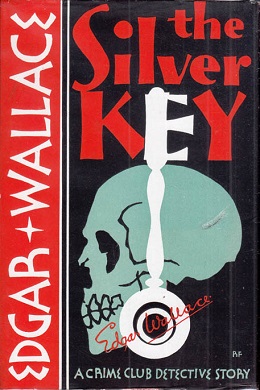
The Clue of the Silver Key is a 1930 thriller novel by the British writer Edgar Wallace.
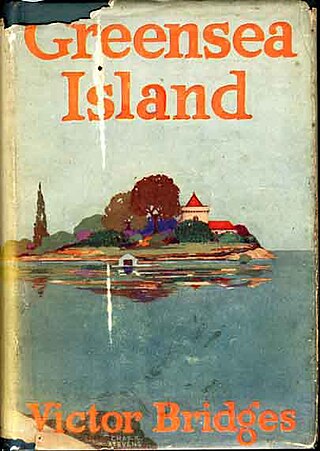
Greensea Island is a 1922 adventure novel by the British writer Victor Bridges. It was his final novel for publishers Mills & Boon as he was signed up by Hodder & Stoughton who hoped he could replicate the success of Edgar Wallace's thrillers.
Austin James Small was an English writer of thriller, detective, science fiction, adventure, romance, and western novels and short stories. Most of Small's titles appeared in Britain under the pen name Seamark, while his American publisher preferred using the name Austin J. Small. Several film plots were based on his stories.















